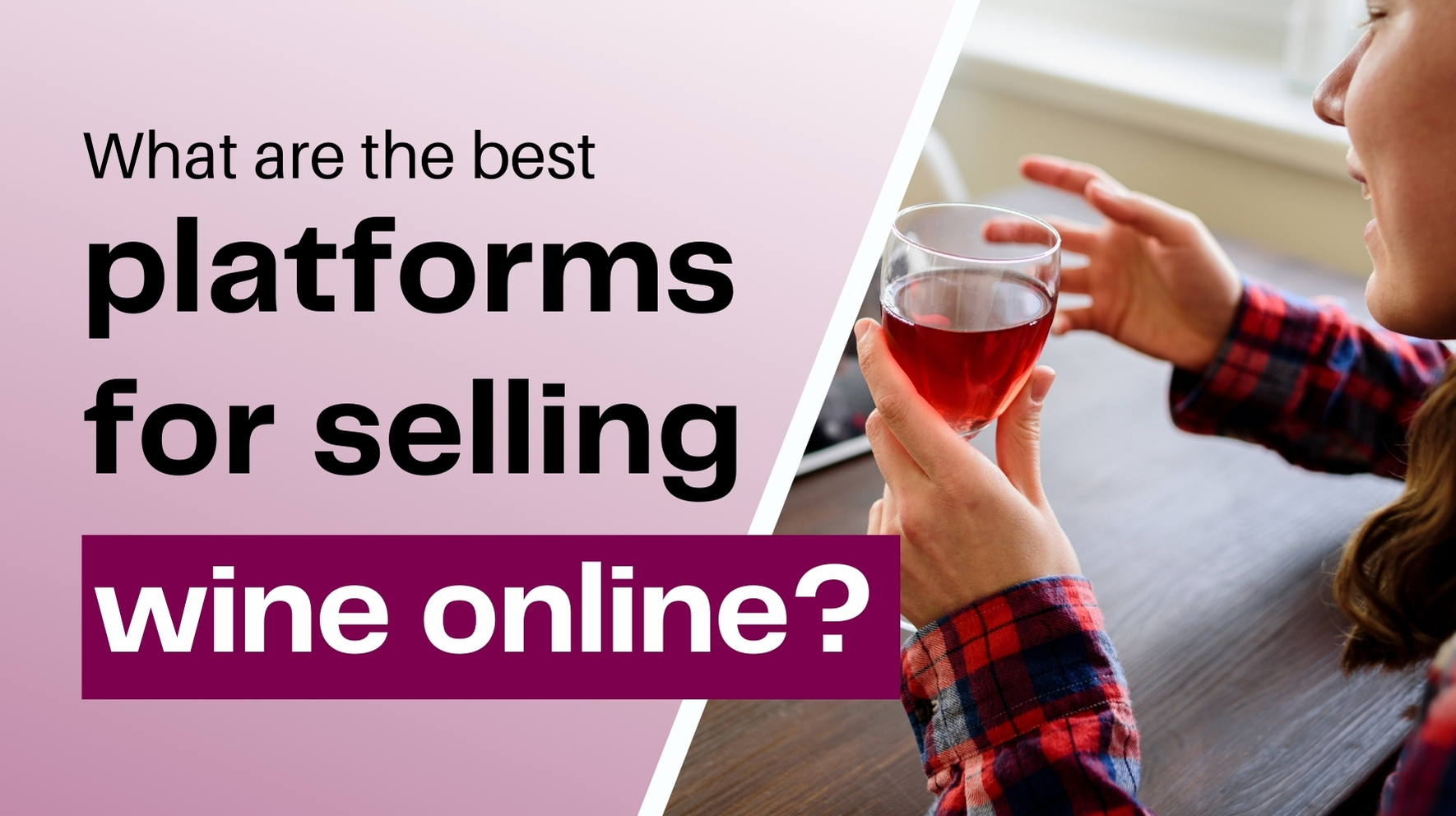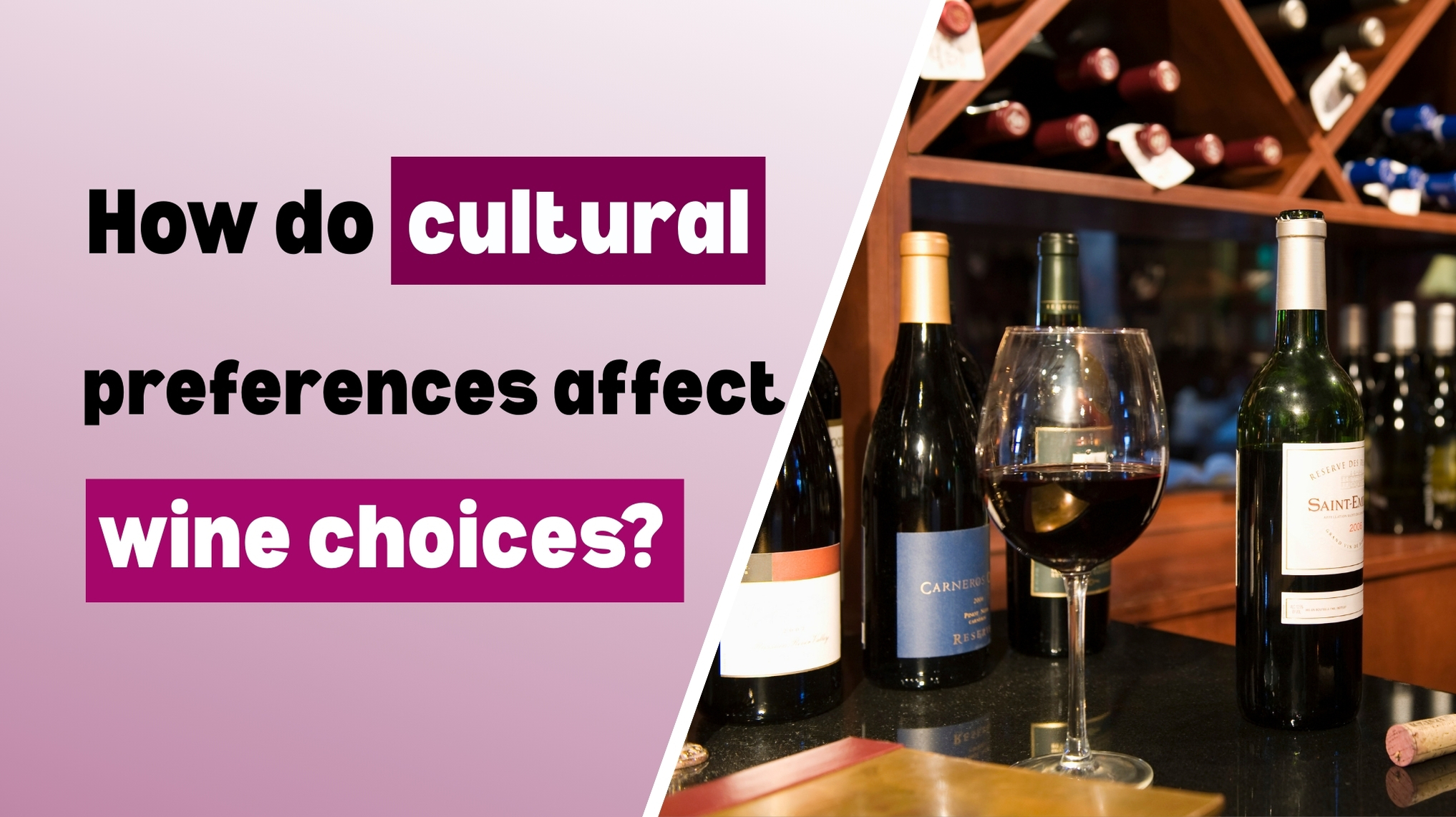E-Commerce Platforms for Wine Sales: The Best Options for Wineries

How Wineries Sell Wine Online Today?
Selling wine online has become essential for wineries of all sizes. In 2025, wineries can choose from:
Wine-specific platforms like Commerce and WineDirect
General e-commerce tools like Shopify or WooCommerce
Large marketplaces like Vivino and Drizly
Each option offers different benefits. Wine-focused systems help with age verification, inventory sync, and wine-club management. Marketplaces offer access to millions of buyers. Choosing the right platform depends on your business goals, budget, and how much control you want over your brand.
1. Wine-Specific Direct-to-Consumer (DTC) Platforms
Commerce
Commerce is built just for wineries. It combines your online store, tasting room point-of-sale, customer management, wine-club tools, and reservation system in one place. It also connects with tools like Klaviyo for email marketing and LocalReviews for real-time feedback.
WineDirect
WineDirect helps thousands of wineries sell online. It offers website hosting, a shopping cart, shipping, and compliance support. Its shipping and fulfilment tools are especially helpful for small wineries that need reliable logistics.
vinSUITE / eCellar
vinSUITE’s eCellar is a cloud platform that combines point-of-sale, wine-club tools, and e-commerce in one system. It’s a powerful option for growing wineries, though it can take some time to learn all the features.
2. General E-Commerce Platforms with Wine Add-On
Shopify + Drinks Assure
Shopify is easy to set up and customise. Add-ons like Drinks Assure help with alcohol tax and age verification, letting you sell wine legally across multiple states. This setup is great for small wineries looking to start quickly without skipping legal requirements.
WooCommerce + Compliance Plugins
WooCommerce is a plugin for WordPress. It supports wine sales when paired with tools like “WooCommerce Highly Regulated Products”. This option is flexible but needs more technical skills to manage.
3. Marketplaces and Aggregators
Vivino
Vivino is the world’s largest wine app, with over 70 million users. Listing your wine here gives you instant access to a large, global audience. You can also use Vivino’s tools to analyse your sales and improve your listings.
Drizly
Drizly lets customers order wine for fast delivery from local retailers. Wineries partner through retail accounts to offer their wines. This model helps reach customers who want same-day delivery, especially in urban areas.
Tavour (Emerging)
Tavour is mostly known for craft beer, but its model is promising for wineries. It focuses on limited-edition drops and curated selections. Wineries can apply this strategy by offering special small-batch releases to create excitement and drive premium pricing.
4. Key Features to Look For
Age Verification and Compliance
Selling wine online comes with rules. Your platform must confirm that buyers are of legal drinking age and follow tax rules. Tools like Drinks Assure handle this smoothly. Many wine-specific platforms include built-in compliance.
POS and Inventory Sync
Platforms like Commerce7 and WineDirect keep your tasting room and online inventory in sync. This means fewer mistakes, no overselling, and smoother daily operations.
Wine-Club Management
Wine clubs create steady income. Platforms like vinSUITE and Commerce7 offer tools to handle billing, shipping, and customer communication automatically.
Customer Relationship Management (CRM) and Marketing Automation
Good platforms link to email services like Klaviyo or Mailchimp. This lets you send personalised emails based on past purchases, wine preferences, or club memberships.
Analytics and Reports
You need to track what’s working. Tools like Commerce7’s dashboards or WineDirect’s shipping reports show you how customers find your site, what they buy, and where they drop off.
5. Pricing and Scalability
Wine platforms like Commerce7, WineDirect, and vinSUITE charge a monthly fee plus a small fee per order.
Tools like Drinks Assure charge a flat fee monthly. Shopify and WooCommerce may have tiered pricing depending on which features and plugins you use.
Marketplaces like Vivino and Drizly charge commissions on each sale. This means you pay less upfront but give up more profit per bottle.
As you grow, you’ll want a platform that can support more states, more customers, and higher sales, so choose one that scales with your business.
6. Case Example: How a Small Winery Grew with E-Commerce
A small winery in California started by using Shopify and Drinks Assure to follow local wine laws. As sales grew, they moved to Commerce7. With built-in wine-club tools and Klaviyo email flows, they doubled their direct-to-consumer sales in one year.
7. Tips for Choosing the Right Platform
Start by listing your needs. Think about how many wines you sell, where you ship, and how big your wine club is.
Test a few platforms. Most offer free trials. Try their reports, marketing tools, and checkout flows.
Check for integrations: Make sure your platform connects with your POS, CRM, and fulfillment partners.
Growth pla: Pick a system that can grow with you and handle more customers or new states.
Don’t forget compliance: Add up the costs of age-check tools, tax software, and legal support when budgeting.
FAQs About E-Commerce Platforms for Wine Sales
1. Can I sell wine on Shopify or WooCommerce?
Yes, with the right plugins and tools for age verification and compliance.
2. What is the best platform for small wineries?
Commerce7 and Shopify (with Drinks Assure) are great starting points for small and mid-sized wineries.
3. How do I handle wine shipping and taxes?
Use tools like Drinks Assure or platforms like WineDirect that have shipping and tax features built in.
4. What’s the difference between a marketplace and my site?
Marketplaces like Vivino offer a big reach but take a cut of sales. Your site gives you more control and profit.
5. How do I grow my wine club online?
Choose a platform with automated billing and email tools. Offer exclusive deals or early access to members.
6. Is it worth paying for built-in marketing tools?
Yes. Tools like email automation and analytics help boost sales and keep customers coming back.










